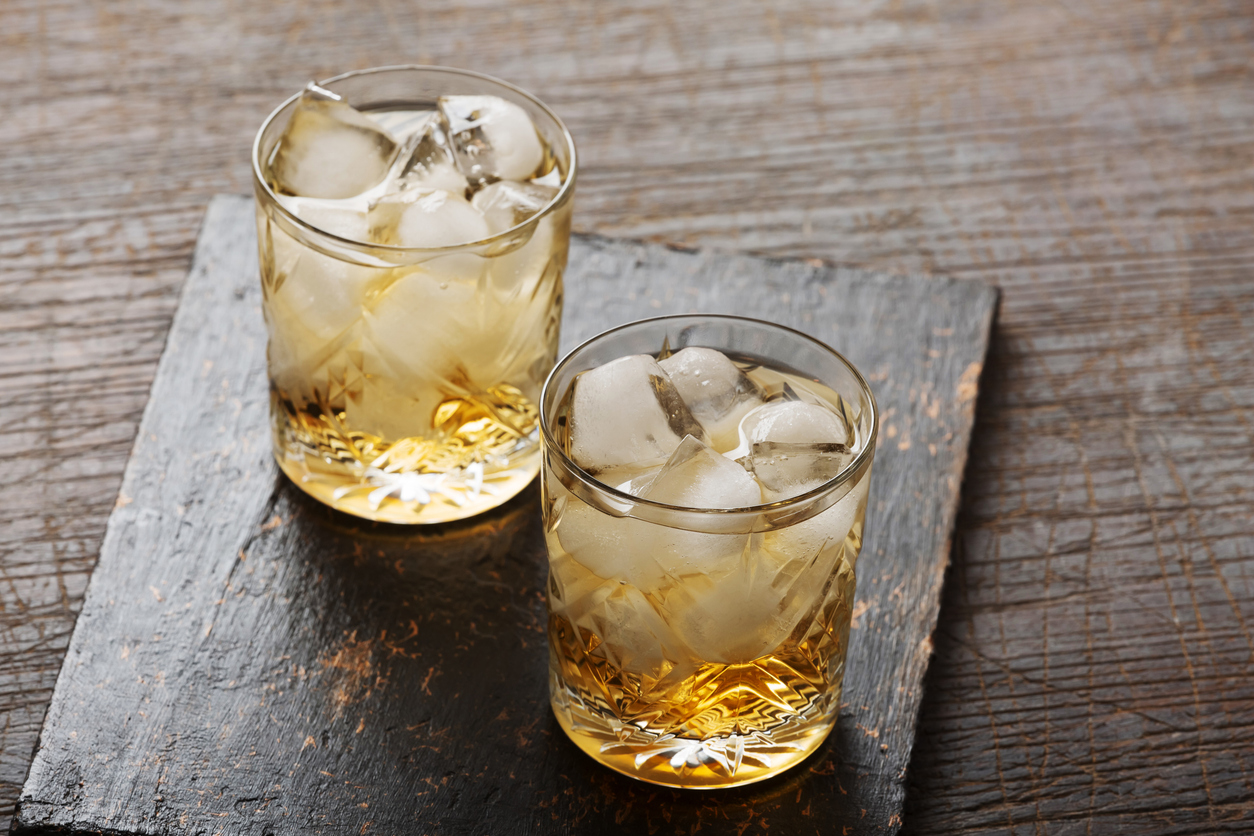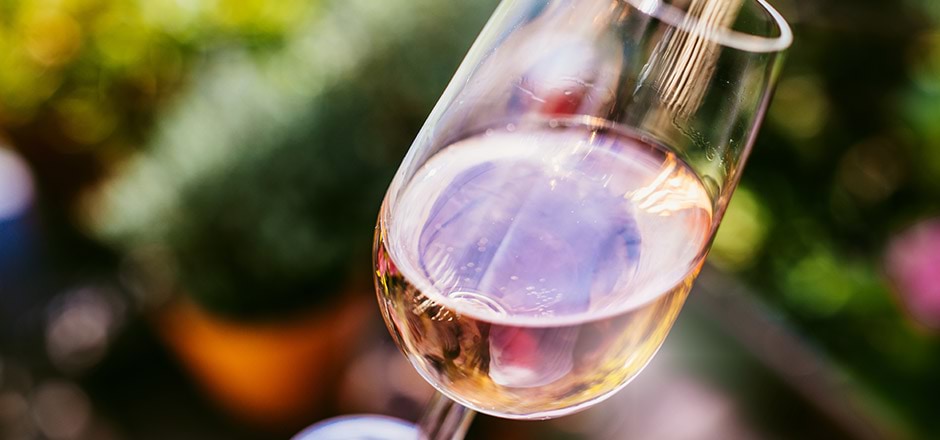- Ask the Experts
How To Choose The Best Whiskey For You
For the whisky newbie, that liquor store cabinet can seem intimidating. But it’s really a blessing, because everyone has a whisky out there for them. Here’s a guide on how to find the perfect glass – just in time for World Whisky Day too.

Whisky is without doubt one of the great spirits of the world. The selection of grains, oak handling and the vast number of regions around the globe where whisky is now crafted mean it has never been as diverse or exciting. While that might sound daunting to the uninitiated, whisky is actually quite easy to understand. You just need a few key elements to get to grips with everything from American rye and Bourbon through to single malt Scotch whisky. Here is your crash course.
The grain
There are four basic grains that go into whisk(e)y: rye, corn, barley and wheat. Sometimes they’re blended, but most have a stand-out grain that shines through. And they all have distinctive flavours.
Rye whiskeys are common in Canada and North America. They have a tell-tale spicy quality, and a more delicate flavour than the heartier Bourbon or Scotch. Ryes are perfect for cocktails such as a whiskey sour or a Manhattan. Rye whiskey is prized among whiskey fans and a perfect place to start your journey.
Corn is packed with sugar, which gives the whiskey a sweeter quality. Corn is the main ingredient in Bourbon and Tennessee whiskey.
Malted barley is the magic ingredient in Scotch, including single malt whiskies, and similar styles made around the world, including in Australia and Japan. It gives those prized nutty and cereal notes that define some of the world’s most respected whiskies. It’s the perfect drink to sip once you start to develop your whisky palate.
One of the rarer finds is whiskey made of wheat (they are popular in Germany for some reason). These are breadier, with some honey elements.
The colour
Another indicator of the dram you might like best is to figure out which colour appeals to you most. Colour points to elements such as the kind of oak aging and the age of the spirit. Whiskies generally get their colour from the type of barrel a spirit has been matured in. In general, the longer it sits in a barrel, the more flavour (and colour) is imparted. So, if you’re someone who likes their whiskies big and bold, your best bet is to start with something dark and barrel aged. For a floral and more delicate option, try something younger. (Note: Colour isn’t always an indicator of strength or flavour richness – for example caramel is occasionally added just for its impact on the colour.)
The brand
It’s now time to choose a favourite brand. Here’s the secret: there is no secret.
The best way to decide is to try as many as possible. Start with something popular and accessible and work your way through to some of the high-end special occasion whiskies.
If you like rye, and the woody floral-ness of a lighter sprit appeals to you, start with Johnnie Walker Red Rye or Jim Beam Rye Whiskey. Once you’re confident this is the one for you, trade up to a Sazerac Rye Whiskey or Buckey’s Rye.
If malted barley and darker, smokier flavours are more your speed, then it’s time to immerse yourself in Scotch. Start off with the Loch Lomond Single Malt or the Monkey Shoulder Blended Malt. Then delve into the iconic long-aged Scottish single malts. Work up from a lighter flavoured Bladnoch 11 Year Old from the Lowlands to the iconic Aberfeldy 12 Year Old Single Malt, before hitting the smoky indulgence of Islay’s Ardbeg 10 Year Old Single Malt.
You don’t need to be an expert to dive into the wonderful world of whisk(e)y. Add a bit of top-line knowledge to a few educated guesses, plus some exploration of your tastes, and you’ll eventually land on one — or three — you love. That’s pretty special.
- Also in Ask the Experts
- View More Post Ask the Experts



